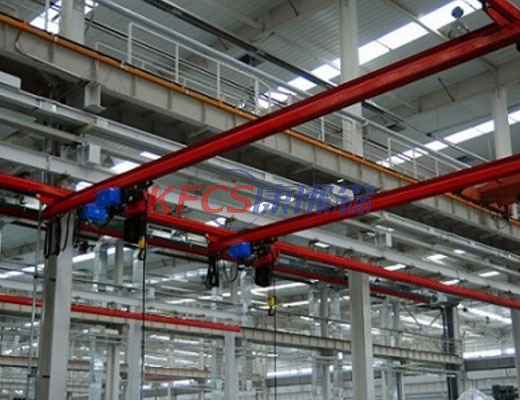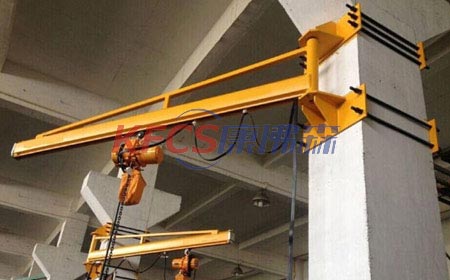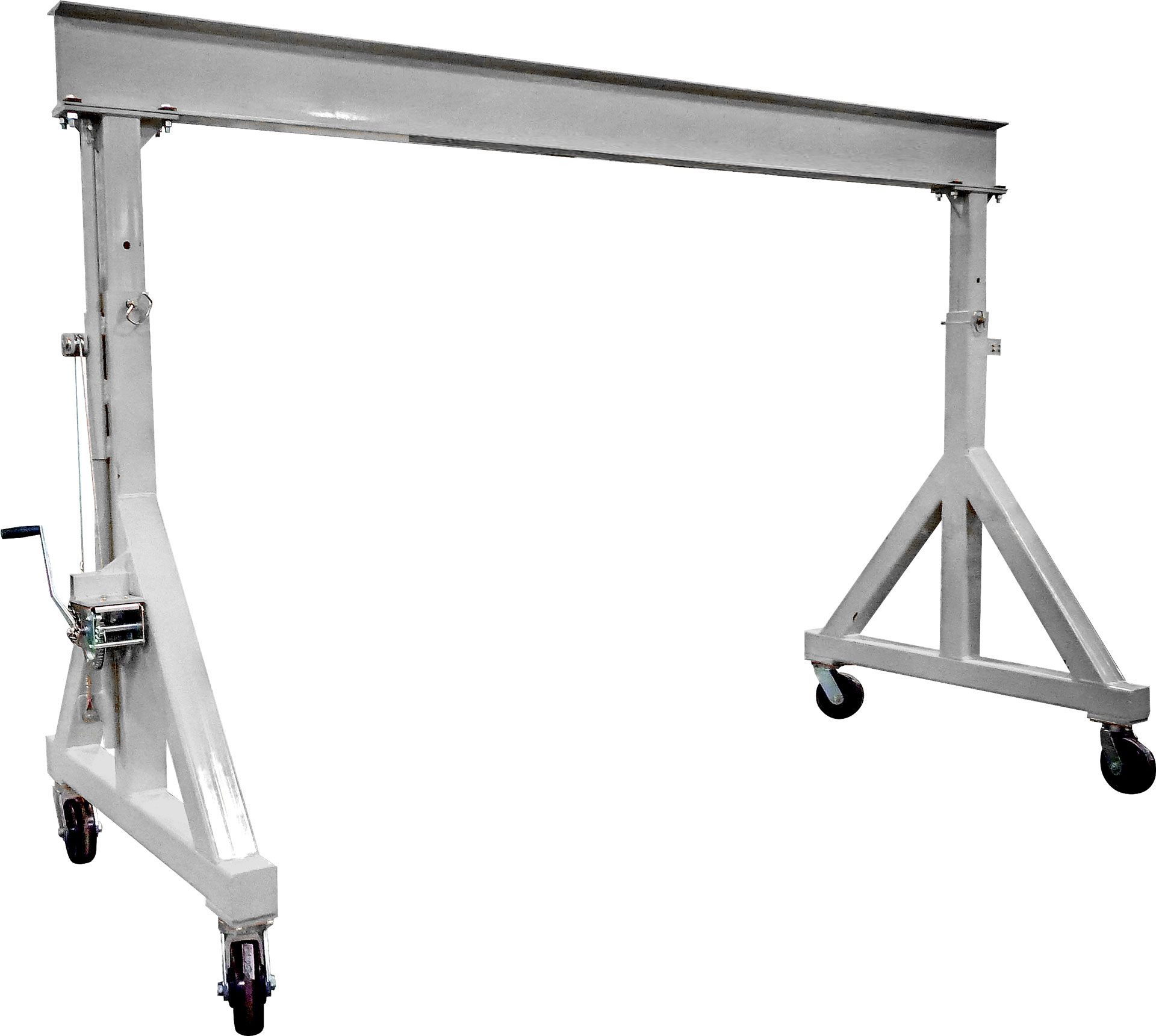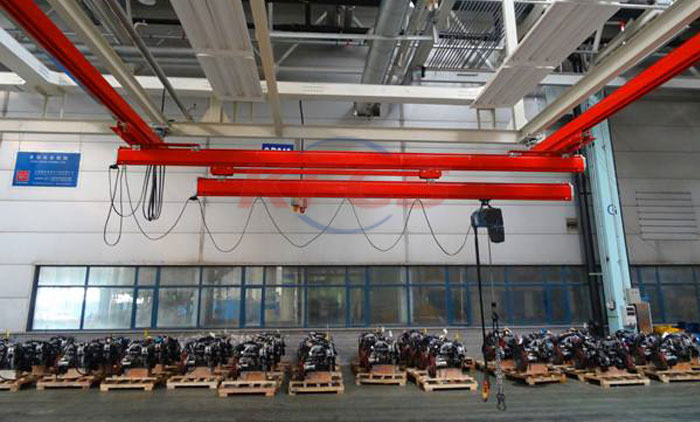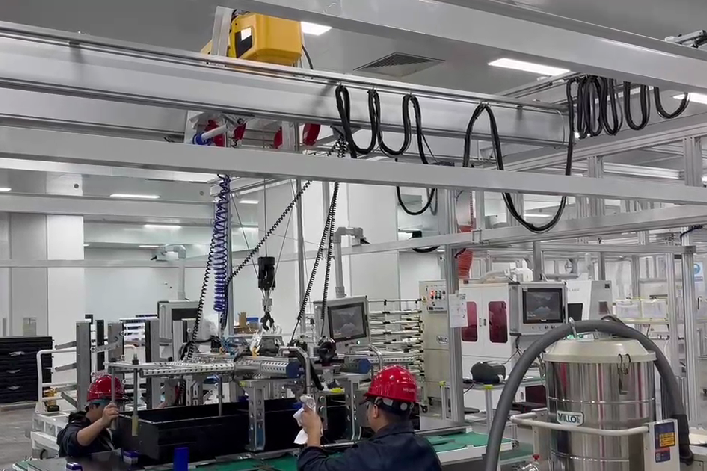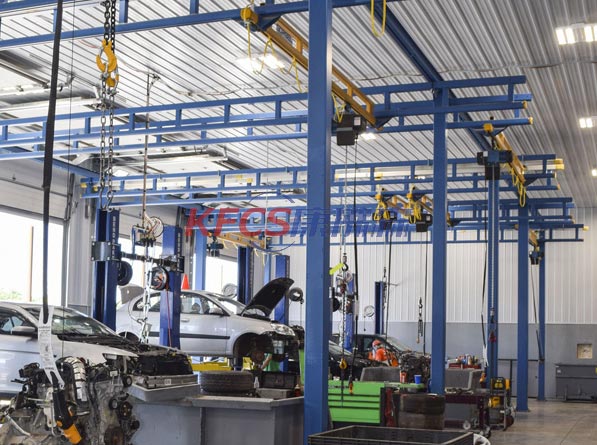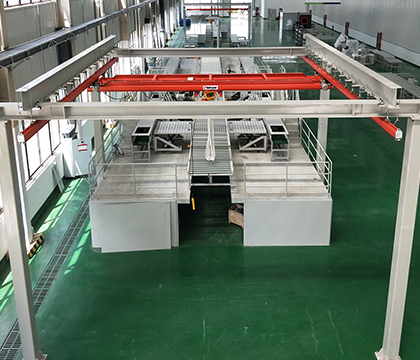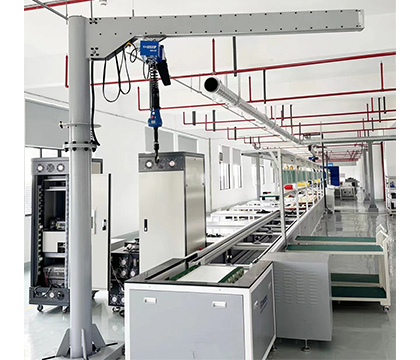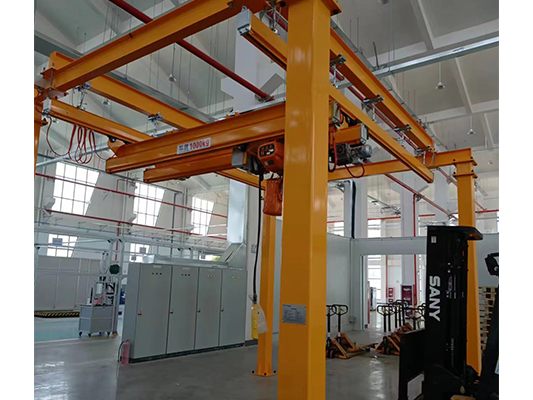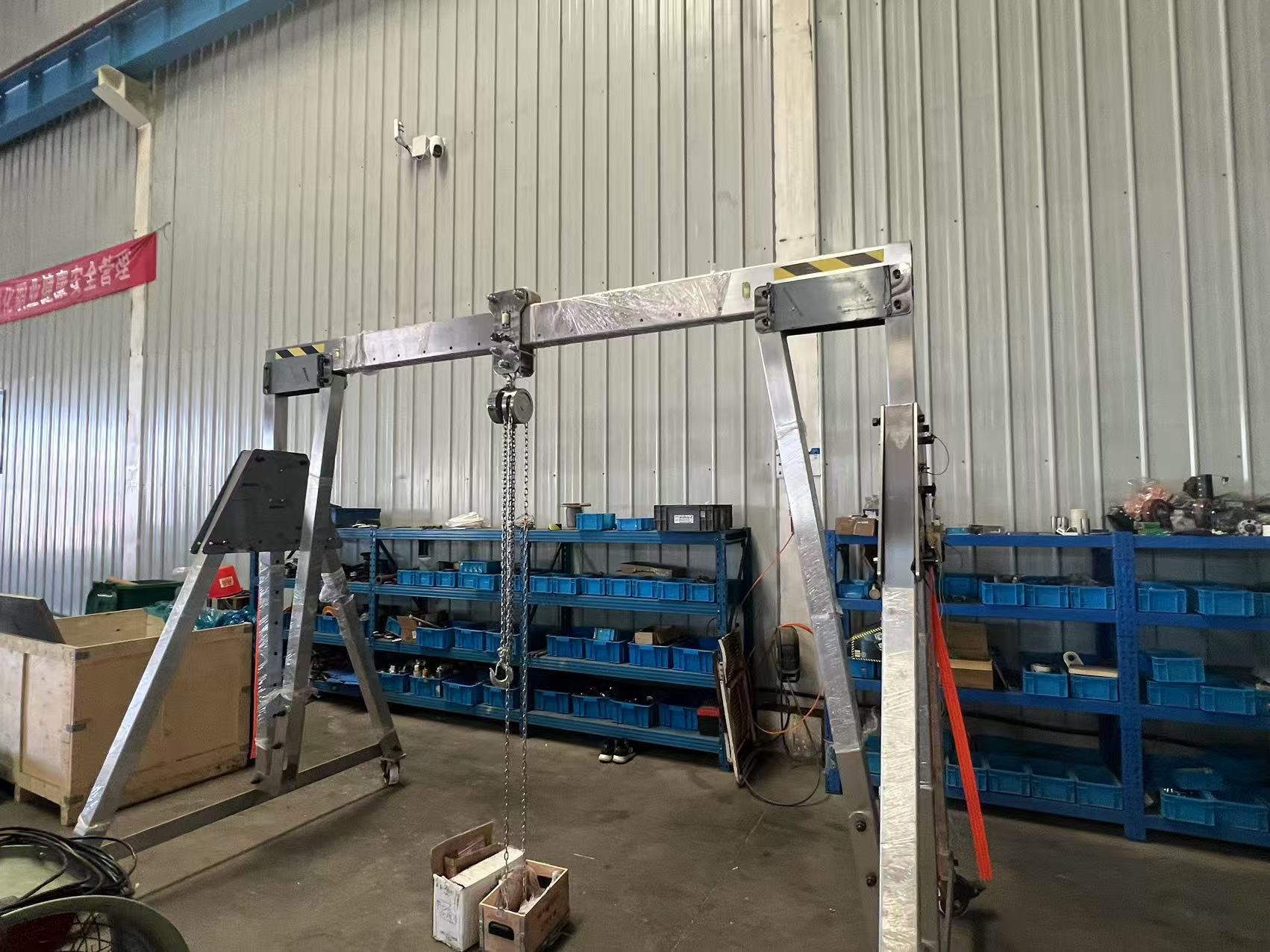“From load capacity, arm length, headroom, and materials to installation methods and maintenance, choosing the suitable aluminum alloy jib crane provides an economical and durable workstation lifting solution.”
Aluminum alloy cantilever crane, also called aluminum tie rod jib crane. This type of crane is to be considered when an overhead bridge crane system can't be installed due to obstructions or as part of a larger work production lifting system.
Aluminum alloy jib crane is an economical material lifting solution for moving within a single work area or from one work area to another. They can also be used as auxiliary lifting devices under the crane. Today, there are a variety of jib cranes on the market, including column type jib crane and wall mounted jib crane, which are fixed on walls, cement columns and workshops.
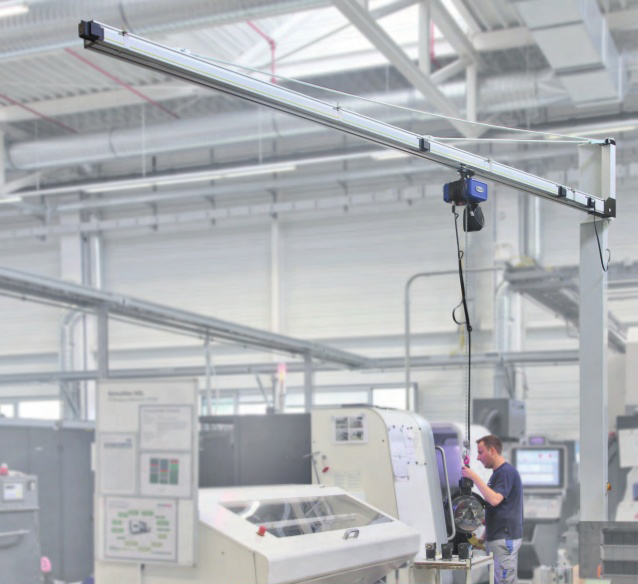
When selecting an aluminum alloy jib crane that meets your personal needs, it is important to consider your type of operation, equipment structure, unit and installation costs, as well as other necessary options, such as motorized rotation, box rail installation, boom lock and rotation angle.
Three steps to choose suitable aluminum alloy jib crane
Firstly, confirm the capacity, height and radius span and other basic requirement. For the aluminum alloy jib crane, it's important to make sure the crane's load capacity meets or exceeds your requirements. Meanwhile, both the static and dynamic loads that the crane will handle also need to be considered. In addition, the column height and clearance requirements in you facility affect the options for aluminum alloy jib crane.
Secondly, confirm the material and construction. Look for an aluminum alloy cantilever crane that is made of high-quality materials and designed for durability. Aluminum alloys are known for their lightweight yet strong properties, making them suitable for crane construction. Ensure that the crane is designed to withstand the environmental conditions of your facility, such as corrosion resistance in marine or outdoor applications.
Thirdly, choose a reputable manufacturer or supplier with a track record of providing reliable and high-quality aluminum alloy jib cranes. Consider their customer support services, warranty options, and availability of spare parts. A trusted manufacturer will provide ongoing support and assistance throughout the lifespan of the crane.

Advantages of aluminum alloy jib crane
Aluminum alloy jib crane is non-sparking and non-rusting
Light and easy installation structure for heavy lifting
180/270/360 degree rotation for repetitive handling in a specific circular space
Optional features of aluminum alloy jib crane
Manual trolley, electric trolley are all available for options
Aluminum alloy jib can be mounted to a wall or column
Lifting hoists can be electric or manual operation
By considering these factors and conducting thorough research, you can choose a suitable aluminum alloy jib crane that meets your specific lifting requirements, ensures safety, and enhances productivity in your facility.
Contact KFCS to get customized lifting solution. Professional KBK light crane supplier always here to serve you.

